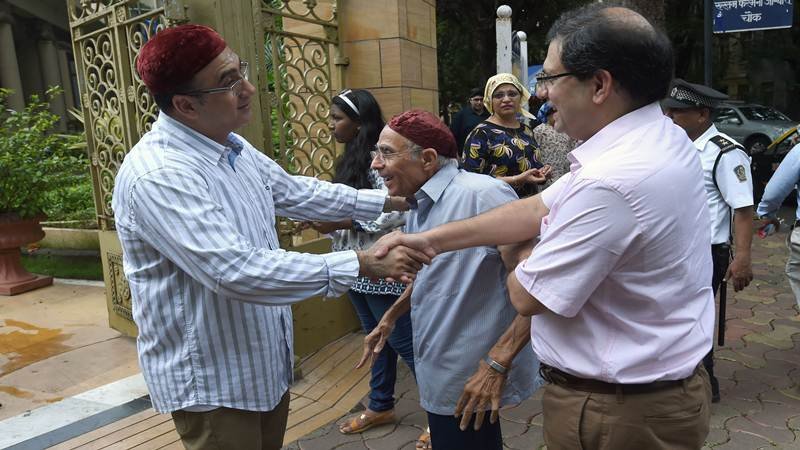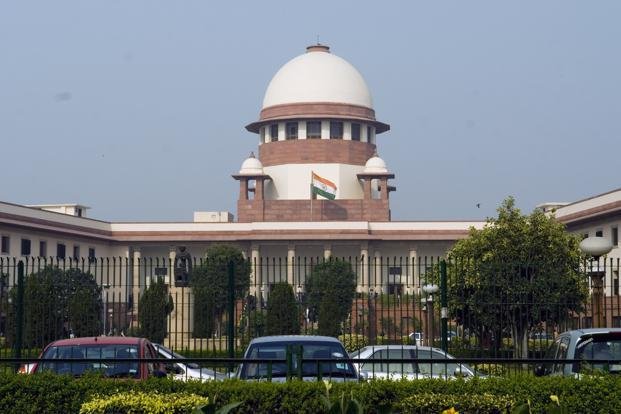IBPC marks 13th anniversary
KUWAIT CITY, May 24: The Indian Business and Professional Council commemorated its 13th anniversary with a special event held at the Regency Hotel with B.V.R. Mohan Reddy, Chairman of CYIENT LTD, NASSCOM, CII and IIT, and Advisor to the Prime Minister of India as the Chief Guest along with H.E. Sunil Jain, Ambassador of India to Kuwait.

IBPC, formerly known as Indian Business Council was established under the patronage of Ambassador of India to Kuwait in October 2001 to promote business, trade, investment and related activities for the members of the council in Kuwait, India and other parts of the World. Since then the Council has been active in bringing together Indian businessmen and professionals in Kuwait to project the strengths, capabilities and opportunities of the Indian Economy, including its corporate and private sectors, to Kuwaiti and International business groups.

Investments
He shared that the IBPC aims to develop and enhance existing business, cultural and friendly relationships between Kuwait and India and open more avenues for mutual benefit, “Our activities promote brand India to our Kuwaiti brothers and corporations and encourage them to consider investments, joint ventures, partnerships and tourism to India. On a regular basis, we invite prominent Indian business icons, visionaries, industrialists, philanthropists and cultural artists to display this India.”
Tony Jashanmal, Hon. Chairman of the IBPC, shared that the membership in IBPC was steadily growing with many Indian professionals coming on board. He informed that as other IBPCs were active in the entire Gulf region, the organisation hopes to increase cooperation and make communication stronger among its members.

 Indian Ambassador Jain commended the IBPC for its work and touched on few aspects of the Kuwaiti-Indian relations that require a greater focus. He expressed concern that India’s exports to Kuwait have not been rising over the $1 billion mark and urged business leaders to ascertain India’s competitive advantages in order to explore more export options to Kuwait. He also shared that the Embassy is working to enhance the relations by making the visa regime easier and granting long term visas for business and tourism.
Indian Ambassador Jain commended the IBPC for its work and touched on few aspects of the Kuwaiti-Indian relations that require a greater focus. He expressed concern that India’s exports to Kuwait have not been rising over the $1 billion mark and urged business leaders to ascertain India’s competitive advantages in order to explore more export options to Kuwait. He also shared that the Embassy is working to enhance the relations by making the visa regime easier and granting long term visas for business and tourism.
Chief Guest B.V. R. Mohan Reddy in his talk, discussed India 3.0. He identified the first chapter of the Indian economy starting with the socialistic policies adopted by the government after gaining independence in 1947 and pointed out that the second phase of the Indian economy, India 2.0, was ushered in with the liberalisation and globalisation policies adopted in 1990.
Today, the nation stood at the cusp of India 3.0, he remarked. He touched upon three areas of the economy and industry, the impact of technology, as well as the various initiatives in place to enable the Shelter Center for Migrant Labor big ‘home’ growth of India 3.0.
He asserted that the Indian economy had performed well in recent years and as the country enters the third year of its new regime, it stands at $2.4 trillion, as the seventh largest economy and country in the world with the second largest population. India’s burgeoning populace far from being a burden provides it with a 530 million demographic dividend which results in the drag on the working population in India being far less than any other country in the world; the average age of the Indian population standing at just 29 years.
He highlighted some notable achievements — in the last 24 months retail inflation had come down, the current deficit reduced to 1.3% of GDP, and informed that other parameters were also on the positive track. Looking at foreign exchange inflows, he shared that FDI has been at its peak in recent years with good confidence from equity players. Hence, the country confidence index is exceptional at this point of time and Reddy predicts, will continue with momentum. He cited a recent Morgan Stanley report that projects India potentially growing 10% year on year for the next 25 years.
Developing
As one lead indicator of the developing nation is infrastructure, he listed areas where advancements had been made. In terms of power, India has a surplus and continues to build its capacities. “We have more than 300-gigawatt of power capacity today and 28% of that is from renewable sources. New technologies are being put in place to curb any deficiencies in power”, he stated.
Ports, airports, road networks and railroads are in focus, and there is momentum in creating more capacity and ensuring that the current capacity becomes more efficient, he added.
 In discussing inclusive social development in India, Reddy drew attention to the progress made in financial inclusion through the abundant increase in the number of bank accounts brought about by Prime Minister’s Jan Dhan Yojana that recorded 177 million bank accounts being opened in a span of 90 days by rural and below the poverty line families. He also counted the Aadhar card, a biometric recognition system important for its intention to ensure that concessions are chained through one system and there are no leakages.
In discussing inclusive social development in India, Reddy drew attention to the progress made in financial inclusion through the abundant increase in the number of bank accounts brought about by Prime Minister’s Jan Dhan Yojana that recorded 177 million bank accounts being opened in a span of 90 days by rural and below the poverty line families. He also counted the Aadhar card, a biometric recognition system important for its intention to ensure that concessions are chained through one system and there are no leakages.
He pointed to the 400 million mobile phone users and 1 billion devices in India as a measure of its enhanced connectivity. Looking at education, he revealed that there are 600,000 technical engineering graduates being produced in the country every year.
The Information Technology in India has yielded tremendous results to the economy, growing to $160 billion. In 1992, when the country first started getting liberalised by the government it was just a 100 million dollar industry, he informed. There are 3.7 million professionals directly employed and over 10 million indirectly employed in the IT industry alone.
He shared that India 2.0 had also seen success in Pharmaceutical and Telecommunications industries and this was proof for the possibility of exponential growth for other Indian industries in the future.
With regards to technology, he opined that the government is at an advantageous position today because technology is at its best and can facilitate e-governance. He also shared that companies today need to recognise destructive technologies and imbibe new technologies in order to stay relevant. Digitalisation will take a prime importance driven by the increasingly connected world and enterprises have to change along with it to remain competitive.
The application of the internet of things in an increasingly automated world has made machine to machine communication not just a far-fetched scifi fantasy a but an undeniable reality, he noted. He also shared that a major shift in manufacturing would occur with the application of 3D printing technology ushering in a new era for design, which was previously limited by manufacturing and material capabilities.
In conclusion, he highlighted initiatives that would have a huge bearing on the future of India such as Digital India, Make in India and Start-up India. While presenting India as a land of opportunities, he encouraged the Indian Diaspora to participate in nation building.
Published on Arab Times





